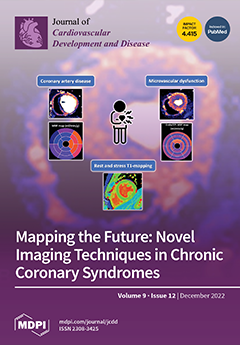Background: Clinical guidelines recommend surgical intervention when left ventricular thrombus (LVT) is complicated with left ventricular aneurysm (LVA).
Objectives: This study aimed to review the changes in the treatment of LVT combined with LVA over the past 12 years at our center and to compare the efficacy of medical therapy and surgical treatment on patient outcomes.
Methods: Between January 2009 and June 2021, 723 patients with LVT combined with LVA were enrolled, of whom 205 received surgical ventricular reconstruction (SVR) therapy and 518 received medical therapy. The following clinical outcomes were gathered via observation: all-cause death, cardiovascular death, and major adverse cardiovascular and cerebrovascular events (MACCEs; defined as the composite of cardiovascular death, ischemic stroke, and acute myocardial infarction). The median follow-up time was 1403 [707, 2402] days.
Results: The proportion of SVR dropped yearly in this group of patients, from a peak of 64.5% in 2010 to 7.5% in 2021 (
p for trend < 0.001). Meanwhile, the proportion of anticoagulant use increased quickly, from 8.0% in 2016 to 67.9% in 2021 (
p for trend < 0.001). The incidence rates of all-cause mortality, cardiovascular death, and MACCEs were 12.9% (
n = 93), 10.5% (
n = 76), and 14.7% (
n = 106), respectively. In the multivariable analysis, there were no significant differences in all-cause death (HR of 0.60, 95% CI of 0.32–1.13,
p = 0.11), cardiovascular death (HR of 0.79, 95% CI of 0.41–1.50,
p = 0.5), and MACCEs (HR of 0.82, 95% CI of 0.49–1.38,
p = 0.5) between the two groups. The competing risk regression performed in the propensity score matching (PSM) and inverse probability of treatment weighting (IPTW) analyses was in line with the unmatched analysis.
Conclusions: The rate of SVR dropped significantly among patients with both LVT and LVA, while there was an improvement in oral anticoagulant utilization. SVR with thrombus removal did not improve all-cause mortality and cardiovascular outcomes in patients with LVT and LVA. Ventricular aneurysm with thrombus may not be an indication for surgery.
Full article






